Vocal Cord Surgery – Voice Surgery
Vocal cord surgery, also referred to as vocal surgery or voice surgery, is usually necessary whenever tissue lesions (such as vocal cord nodules) or movement disorders of the vocal folds (vocal cord paralysis) lead to protracted periods of hoarseness.
As one of the most renowned voice surgeons in Europe, Dr. Wohlt is specialized in voice improvement operations, particularly on professional voice users and voice professionals. Alongside his extensive track record in “voice reconstruction” for patients with vocal cord nodules, vocal cord cysts, vocal cord polyps and Reinke's edema, his other area of clinical focus is on the surgical treatment of paralyzed vocal cords (unilateral vocal cord paralysis).
Over a period of more than 15 years, Dr. Wohlt has developed his own special method of voice surgery and then modified the technique to be particularly gentle on the voices of professional speakers and singers. It constitutes a surgical technique of plastic reconstruction that concerns itself with the viscoelastic properties of the delicate mucosal layers of the vocal cords and causes the most minimal of trauma to healthy vocal fold tissue.
This method of voice surgery is Dr. Wohlt's signature method which he has performed on hundreds of patients. Judging by the years of regular follow-up examinations, he knows that this surgical technique produces excellent long-term vocal outcomes.

Methods of Vocal Cord Surgery
Vocal cord surgery for diseases of the superficial vocal cords (epithelium)
- Nodules on the vocal cords
(Vocal cord nodules, edematous, fibrotic vocal cords) - Polyps of the vocal cords (vocal cord polyps)
- Papillomas on the vocal cord (vocal papillomas, laryngeal papillomatosis)
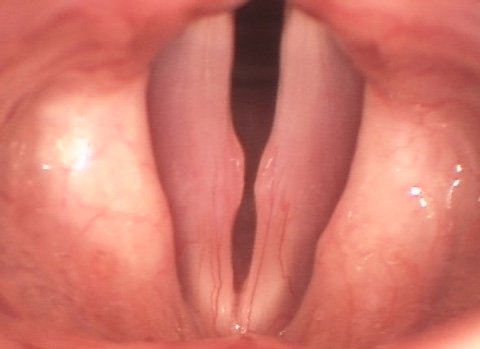
Vocal cord surgery for diseases of Reinke’s space (lamina propria)
- Abnormal swelling along the entire vocal fold
(vocal fold edema, Reinke's edema) - Vocal cord cysts, cysts inside the vocal fold body
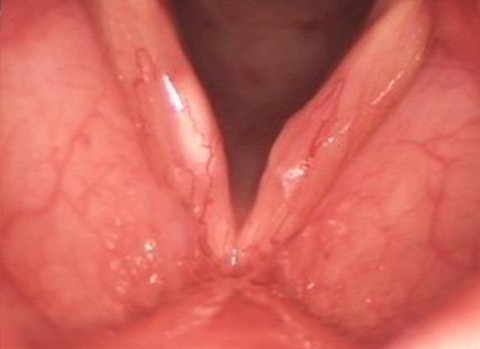
Vocal cord surgery for movement disorders of the vocal cords (vocal cord paralysis)
The paralyzed vocal cord (unilateral vocal cord paralysis) is augmented with autologous fat tissue injected into the paralyzed vocal cord.
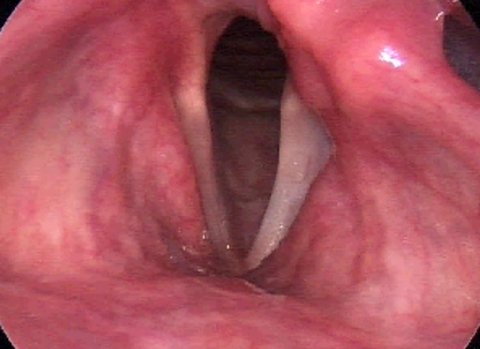
Vocal cord surgery for glottic insufficiency (e.g. after cancer surgery or as anti-aging surgery)
- Tissue loss after surgery for vocal cord tumors: injected fat can replace the tissues removed during cancer surgery
- Anti-aging treatment of the aging voice: Fat augmentation can replace lost tissue to treat atrophy of the vocal cord muscles
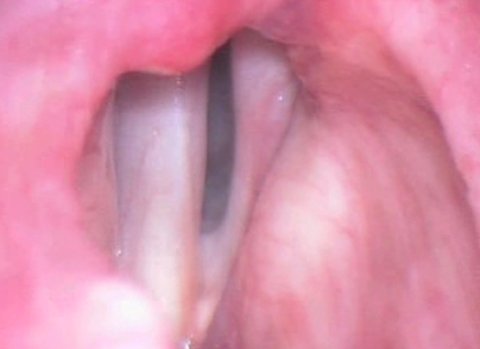

Gentle Vocal Cord Surgery – Only Performed Under General Anesthesia
Dr. Wohlt performs vocal cord surgery exclusively on patients under general anesthesia. The safest and most effective way for the surgeon to calmly undertake the delicate microsurgical intervention is on the anesthetized patient. This prevents any serious injuries to the vocal folds that might be caused by a patient's spontaneous, uncontrolled movements during the procedure.
Anesthesiological monitoring of the patients by a chief anesthesiologist is ensured throughout the entire surgery.

Caution: No Vocal Cord Surgery on the Conscious Patient
Dr. Wohlt categorically rejects the method of indirect vocal cord surgery, especially for treating voice professionals.
The indirect method involves the conscious patient sitting in the examination chair across from the surgeon who employs a long, bent instrument (grasping forceps) that is advanced through the oral cavity down to the patient’s larynx. Not rarely, this undertaking triggers strong gagging reactions that cause the patient to make erratic defensive movements.
Here, the surgeon can only operate with one hand because he is holding an optical instrument in the other. Essentially, single-handed surgery merely consists of a blunt plucking or, even worse, a tearing off of the tissue lesions on the vocal fold surface. Since it can never be predicted with certainty how the mucous membrane boundary along the vocal fold margin will tear, this method may excise much larger portions of healthy tissues than desired or intended.
The result may invariably be irreversible vocal damage.
Proponents of the single-handed, conscious-patient method will argue that it allows stroboscopic verification at all times to determine how much tissue has been removed. As true as that may sound, it still glosses over the fact that any vocal fold tissue — once lost — cannot be reinstated, no matter how frequently the stroboscope is inserted. The outcome is often permanent injury to the voice.
The egregious disadvantages associated with indirect microlaryngoscopy are why Dr. Wohlt performs all phonosurgical interventions exclusively under general anesthesia.

Gentle Vocal Cord Surgery Using Only the Finest Stainless Steel Microinstruments
For vocal cord surgery, Dr. Wohlt exclusively uses ultrafine microinstruments hand fabricated of stainless steel in France. These precision instruments in the hands of a skilled voice surgeon are the optimal choice for performing delicate, gentle surgery on the free margins of the vocal folds.
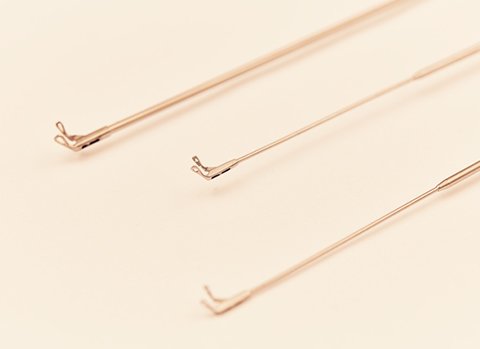

Caution: No Vocal Cord Surgery Using Lasers
In this context, Dr. Wohlt also warns against vocal fold operations using lasers. In contrast to the conventionally used microinstruments made of stainless steel (cold instruments), the laser emits thermal energy. If the laser is designed to work like a "hot knife”, the heat generated can seriously impair the mucosal layers and leave burn injuries.
Furthermore, the effects of the laser can activate certain cells resident in the deeper mucosal layers.
These cells are called fibroblasts and, when activated, produce fibrotic, i.e. hardened areas of tissue. The consequence can be irreversible, scarring lesions to the vocal fold mucosa. Since scarred tissue is not capable of vibratory motion, such laser treatment sometimes ends in serious voice disorders.
The significant risks associated with laser surgery are the reason that Dr. Wohlt performs all voice surgeries with ultrafine microinstruments made of stainless steel.




